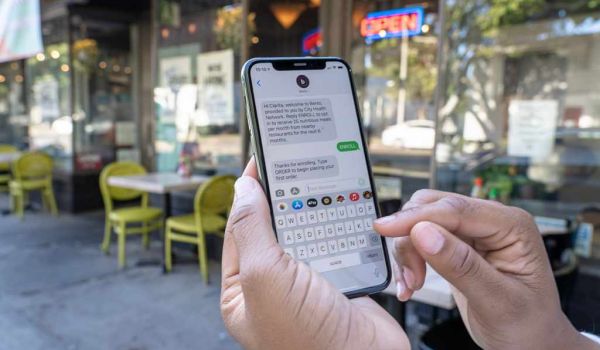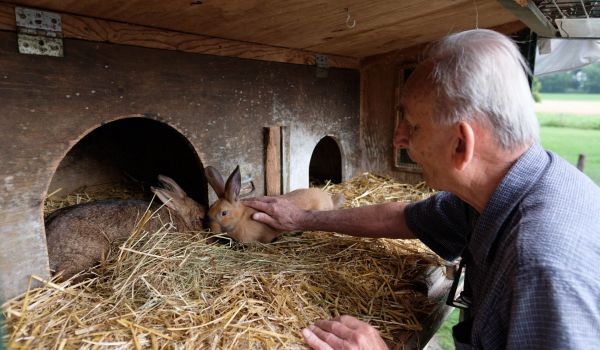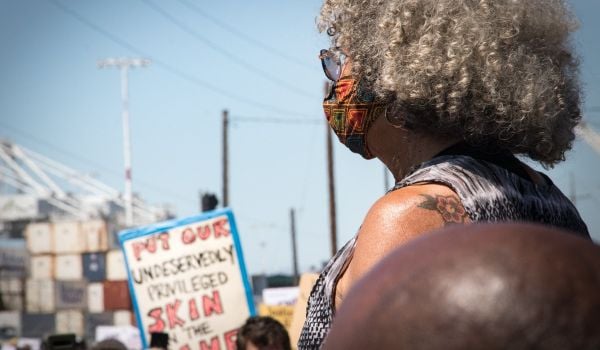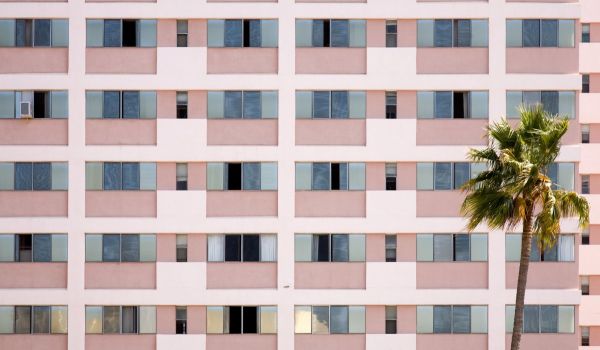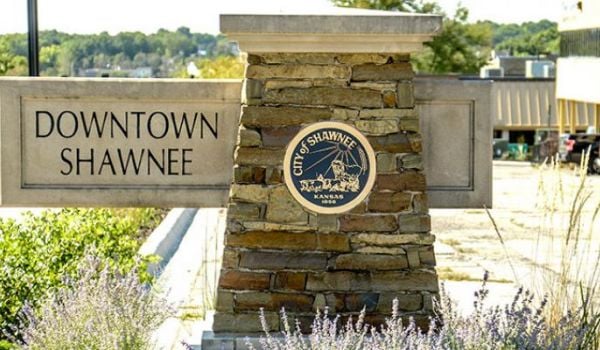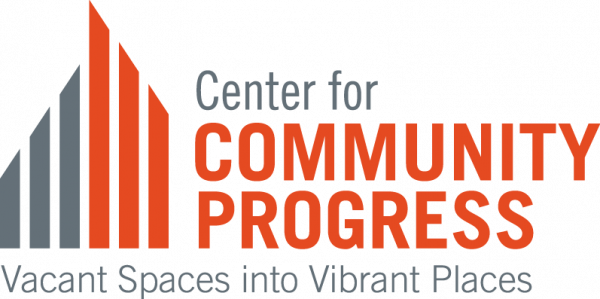Long Beach is the latest — and largest — city in California to offer an Urban Agriculture Incentive Zone to landowners, giving tax breaks to those who agree to use their vacant lots for urban farming or gardening for at least five years.
The vacant lots must be at least one-tenth of an acre, contain no habitable structures and comply with zoning codes.
The state of California passed enabling legislation for such zones in 2013. Since then, San Francisco, San Jose, Sacramento and Santa Clara have put programs into place, but only a handful of landowners have taken advantage of the tax break in those four cities, according to Eli Zigas, food and agriculture policy director at San Francisco Bay Area Planning and Urban Research Association, or SPUR, which helped push for the legislation. (Next City board member Allison Arieff works at SPUR.)
Despite the sluggish take-up, the state legislature voted this year to extend the bill ahead of its sunset provision, which would have seen the policy expire in 2019. The extension allowed for cities that were in the process of implementing UAIZs, like Long Beach, to do so.
There are a few reasons that landowners and growers alike may not have taken advantage of Urban Agriculture Incentive Zones throughout the state so far.
The first, according to Zigas, is that the process takes quite a bit of matchmaking. For the program to work, you need a community-minded property owner with a vacant lot and no plans to develop in the next five years, plus an urban farming nonprofit that’s sophisticated enough to come prepared with a budget, all its own equipment and labor, and a five-year plan.
“What we’ve seen is in every city, there are only so many of each party on both sides,” says Zigas. “It ends up winnowing a pool to a smaller number.”
Zigas says in San Jose, the assessor’s office reached out to vacant lot owners to let them know about the new program, to try to facilitate the process. Still, only two properties are under contract there. Tony Damico of Long Beach Fresh, an urban food advocacy group, says that even if landowners are aware of the incentives and are on board, it still may not be reasonable to expect that farmers will be eager — or able — to come to the table.
“There’s very little investment in these types of projects,” says Damico. “Folks doing these projects really need to have the startup capital for the basic infrastructure.” Damico estimates a nonprofit urban gardening or farming enterprise would need somewhere around $15,000 to $20,000 to cover soil remediation (or bed-building), fencing, water access, security and other operating expenses.
To help make Long Beach more successful than its predecessors, the city is approaching the issue of vacancy not just by offering incentives for taking part in the initiative, but also mandating consequences for vacant lot owners who don’t. Effective simultaneously with the opportunity for the UAIZ tax breaks is a $53 monthly penalty for all owners of vacant lots to help cover cleaning fees for plots that become dumping grounds.
The city will waive the fee for those taking advantage of the new zone program, so not only will owners of vacant land in Long Beach get tax breaks by working with gardeners and farmers, they’ll avoid paying extra for cleanup.
Long Beach has hit the ground running with the incentive program. Long Beach Fresh identified a property owner and released an RFP for his lot on its website to advertise for potential farming partners. The lot has been vacant for 25 years. Some are skeptical that lots that have been owned for that long would even garner a large enough tax break to make much of an impact. But since the lot has lacked interest from business developers, the RFP positions the plot as a strong candidate for economic development, green space and a community hub. Damico says he’s hopeful that the program will not just activate blighted lots, but also attract a gardening and agriculture-minded community that might have been discouraged from Long Beach previously.
“It’s already bringing new players out of the woodwork, who are coming back because it was not previously feasible for them to farm here,” he says.
One concern has been assuaged in the course of the past four years. According to Zigas, when the state bill was first being debated, some members of the legislature were concerned that property owners would capitalize on the new tax breaks to an extreme degree, creating a sort of slippery slope of incentive capturers and costing the state too much money.
“There was concern that this would be a runaway program where the state would lose tax revenue,” says Zigas. “The fact that only a few projects have come on is good proof that that concern was overblown.”

Nina Feldman is an independent journalist focused on audio production. She worked as a regular contributor to NPR member station WWNO in New Orleans and as editor at American Routes. Her work has also appeared on Marketplace, Morning Edition and PRI's The World.



